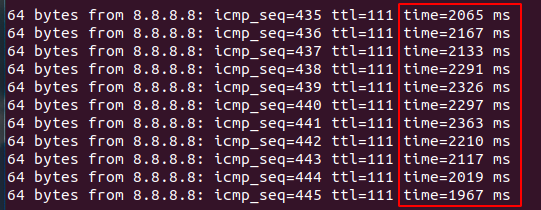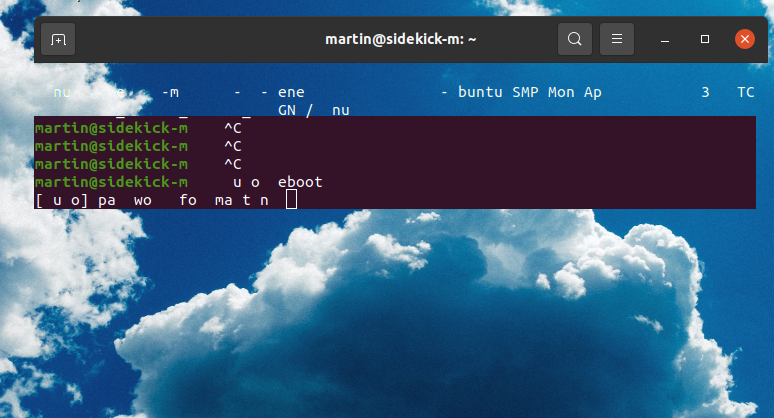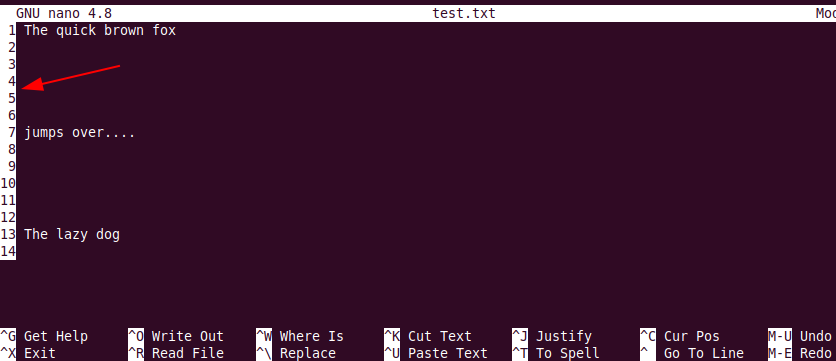
In well-built networks with lots of capacity on all links between source and destination, even fully loaded links behave nicely and packet delay remains acceptable. In some scenarios, however, particularly when the bandwidth on the last leg is low, and packet buffers on some routers in the network are overdimensioned, packet delay becomes a real issue. When transferring larger files, bufferbloat quickly sets in, and applications such as interactive shell sessions, web browsing and voice calls become unusable. When I was recently faced with such a situation, I found an interesting traffic shaping tool that fixed the problem: Wondershaper.
Continue reading Wondershaper In Action



